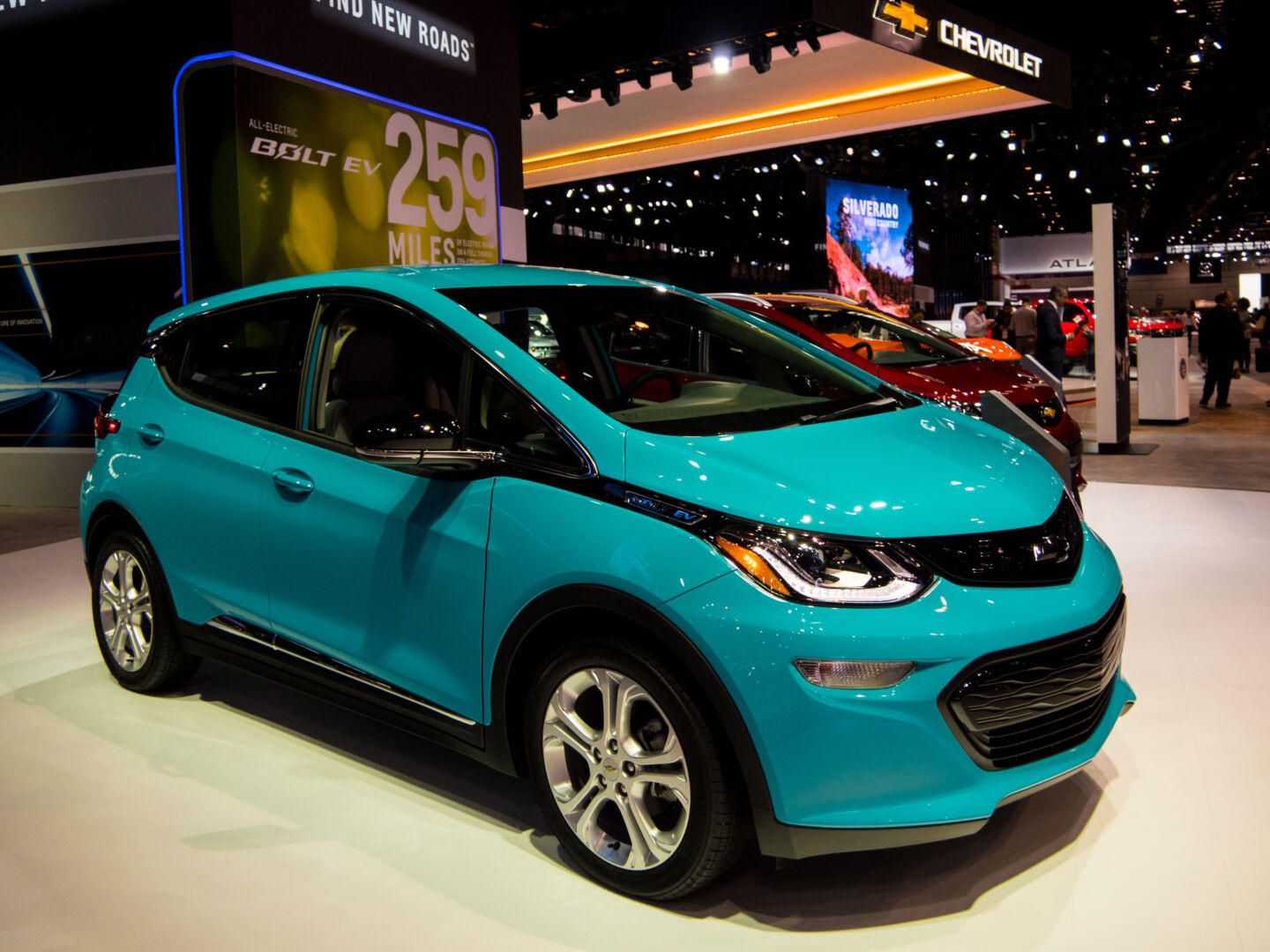Read The Full Article On: Arstechnica
The midlife refresh is delayed until 2021, but Chevy’s EV got a 10% range boost
When the Chevrolet Bolt EV first took to the streetsat the end of 2016, it was a groundbreaking little car—the first battery electric vehicle with more than 200 miles (321km) of range at a price normal people could afford. But three years is an eternity in the electric car world. In the time since the Bolt showed up, similarly priced BEVs have appeared from other automakers, cars with features that the Bolt won’t get until its midlife refresh—something that won’t now happen until 2021thanks to COVID-19. But Chevy did recently bump up the Bolt’s range with better battery chemistry and a bigger capacity, and it’s offering discounts of up to $8,500 on the once-groundbreaking BEV. We spent another week with one to see whether it still measures up.
The main difference between the model year 2020 Bolt EV and the ones we’ve driven in the past is in the battery. Chevrolet wanted more range, so LG Chem came up with some new lithium-ion chemistry that boosted energy density. The pack is still the same size and shape, and it’s still made up of 288 individual cells, but it now has a useable 66kWh (as opposed to 60kWh), and that means an increase of its EPA range from 238 miles (383km) to 259 miles (416km).
Other than that, the compact BEV is pretty much as we knew it at launch. It still has the same 200hp (150kW), 366lb-ft (360Nm) permanent magnet synchronous motor driving the front wheels. It still only DC fast-charges at 55kW, adding 100 miles of range in 30 minutes, although software tweaks mean it should charge more rapidly than before in cold temperatures). And it still doesn’t offer adaptive cruise control or the excellent Super Cruise driver assist.
FURTHER READING
Turns out the Chevy Bolt is a lot of fun to autocrossHowever, as I was reminded after spending a week with a Bolt on the streets of Washington, DC, it’s still a pretty good car to drive. The upright shape offers great visibility from behind the wheel, and the chassis setup and instant torque still make for fun handling when you’re in the mood.
I remain a fan of Chevrolet giving you several different options to control the way the Bolt regenerates energy under braking—you can make it a one-pedal driving experience by putting the drive selector into L, which means plenty of regen when you lift your foot off the accelerator, or you can leave it in D and drive it like a two-pedal car, with the Bolt recapturing kinetic energy to the battery when you press the brake. But there’s also a paddle on the steering wheel that causes the electric motor to regen, which I find helpful to use when approaching a corner, as you can judge the amount of deceleration relatively precisely. (You can use the paddle regen in either D or L.)
It’s easy to live with, particularly since the 360-degree parking cameras got an HD upgrade, and the infotainment UI is better than most other vehicles from the automaker.
It’s also a good size for a young family or as a second car; you can carry four people in comfort, although for the first time I’m starting to agree with the perennial complaints about the thin front seats. You can definitely feel the hard frame within the center of the back rest after a while, so it’s not surprising that new seats are high on the upgrade list for next year’s refresh.
Feeling a bit left behind?
When the Bolt first launched, it was really the only option if you wanted to do more than 200 miles on a charge for less than the price of a Tesla Model S. But since then, Tesla launched its Model 3 mid-size sedan, and a number of Bolt-sized, comparatively priced BEVs have appeared from Nissan, Hyundai, and Kia, to name but three. Those cars all offer things the Bolt lacks, like faster DC fast charging and clever, sensor-aware driver aids. If you’re shopping for an electric car and those are features you can’t live without, you either need to look to those other BEVs or wait until sometime next year when the restyled Bolt appears.
Although there’s no adaptive cruise control, it does offer other safety aids like blind spot monitoring, rear cross-traffic alerts, and automatic emergency braking, although some of these will cost you extra, even if you spring for the better-equipped Premier trim.
But it’s not all bad news. Chevrolet no longer qualifies for the IRS’ $7,500 tax credit, which at first glance makes the Bolt’s $37,495 starting price look quite spendy. But the company appears quite eager to sell the Bolt, with big discounts for buyers and leasers that drops the price to near or below that of the smaller-battery Nissan Leaf. If you can live without some of the more advanced driver aids and faster road-trip charging and just want a dependable BEV with decent dealer support across all 50 states, the little electric Chevy could be a compelling option.

